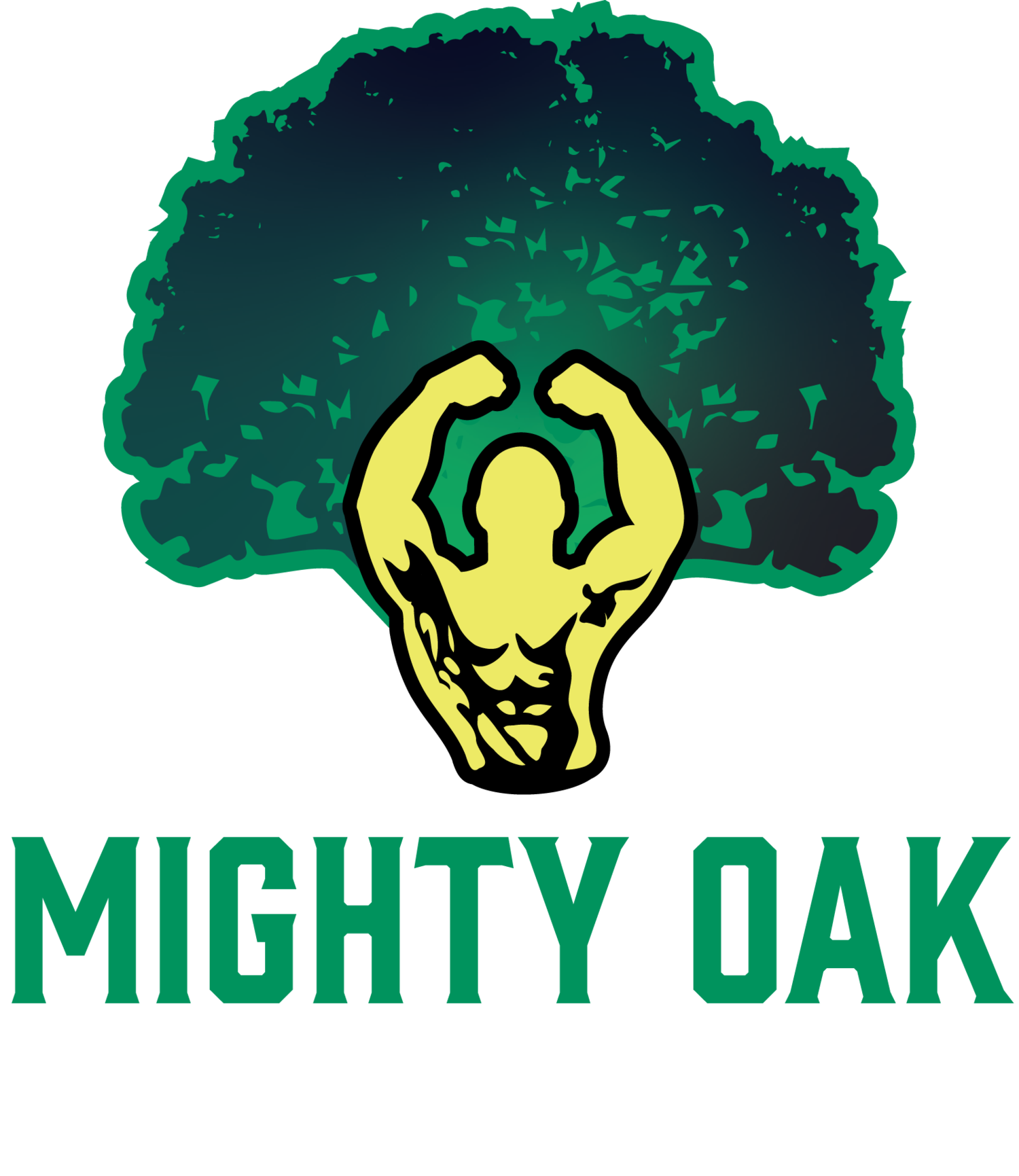Strong to Be Useful: What a 9/11 Hero Can Teach Young Athletes
Mighty Oak Athletic Podcast S2:E49 - Strong to Be Useful: What a 9/11 Hero Can Teach Young Athletes
September 11, 2001. Forty-fourth floor of the South Tower. Smoke billows from the North Tower as the intercom crackles: “Stay at your desks.”
Rick Rescorla grabs his bullhorn instead.
“Time to move,” he tells his Morgan Stanley colleagues. No debate. No waiting for orders. Just action—because he’d drilled them for this exact moment.
As 2,700 employees descend dozens of flights, Rescorla keeps them calm with songs and steady commands. He gets them out alive, then goes back up for more.
He never comes back down.
The Power of Preparation
Rescorla didn’t improvise heroism—he rehearsed it. When chaos hit, he didn’t freeze or second-guess. He acted on autopilot because his autopilot was trained.
At Mighty Oak Athletic, we build that same mindset. Not just stronger athletes, but athletes who stay calm under pressure and protect the people around them.
Watch our gym in action: Before every lift, athletes scan their space, lock collars, clear paths, and confirm their spotter is ready. Barbells stay close to the body—never swung. Weights get set down and picked up, never tossed hand-to-hand. If something feels wrong mid-set, athletes stop immediately and ask for help.
No ego. No shortcuts. Just sharp awareness and decisive action.
These habits might seem minor, but they forge a crucial mindset: stay alert, speak up, protect your team.
How People Really React to Crisis
Most people don’t panic in emergencies—they hesitate. They cycle through three predictable stages:
Denial: “This can’t be happening.”
Deliberation: “What should I do?”
Decisive Action: Finally doing something.
Rescorla trained his people to skip straight to action. No thinking—just executing what they’d practiced.
We do the same. When our athletes spot a missing collar or someone lifting without a spotter, they don’t wait for permission. They fix it or flag it. They own the problem instead of passing it along.
The 10–80–10 Rule
Survival experts break people into three groups during crisis:
10% lead and take action
80% follow others’ cues
10% freeze completely
Every rep at Mighty Oak pushes kids toward that top 10%—the ones who step up when it matters.
Eyes and Instincts
We train observation as hard as we train muscles. Athletes learn to spot danger instantly: loose collars, people walking behind lifters, cluttered lanes, missing spotters, or ego-driven form breakdowns.
When they see a problem, they don’t ignore it. They fix it—or get a coach. That’s part of their job.
Strength That Transfers
Most sessions end with composure-testing drills—sled pushes, loaded carries, step-ups under fatigue. Afterward, athletes reset the space and debrief what went right and what needs work.
That reflection matters as much as the lifting. It builds accountability and ownership—skills that travel far beyond our walls.
The Rescorla Rules
Rehearse safety every session
Anyone can call STOP—everyone listens
Check everything before every lift: collars, weights, path, spotter
Buddy system—protect your partner
Leave ego at the door and one rep in the tank
Move weights like lives depend on it
See danger? Fix it or flag it
Seniors mentor juniors
Reset for the next person
Stay calm. Think clearly. Perform under pressure.
The Real Test
Rick Rescorla wasn’t the biggest or strongest person in that tower. But he was the most prepared—and that made him powerful.
At Mighty Oak, we teach kids that same strength. Not just physical power, but the ability to lead when others need them most.
Because someday, their moment will come. And when it does, we want them ready—not just to lift more, but to lift others up.

